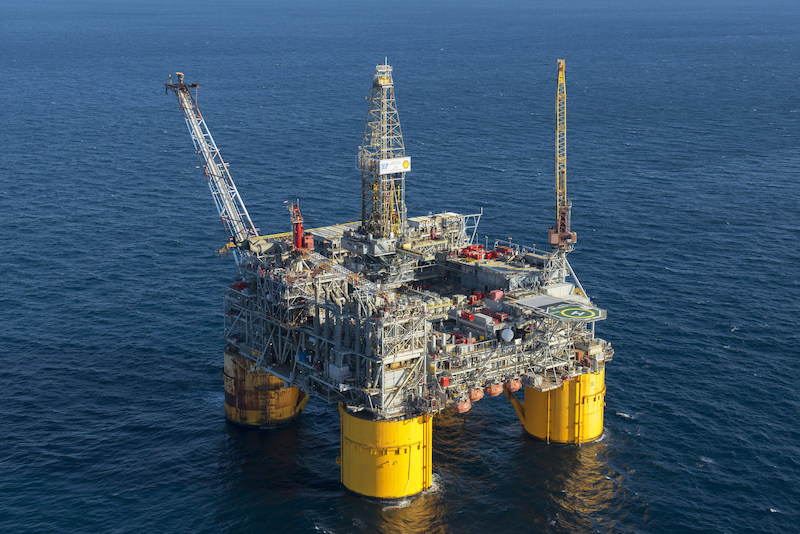The Gulf of Mexico (GOM) oil and gas Lease Sale 253, scheduled to be held on Aug. 21 in New Orleans, will be a harbinger of activity in the region for the next several years.
The sale will be the fifth offshore sale under the 2017-2022 Outer Continental Shelf (OCS) Oil and Gas Leasing Program. Under the program, a total of 10 regionwide lease sales are scheduled for the GOM. Two GOM lease sales are scheduled to be held each year and include all available blocks in the combined Western, Central and Eastern Gulf of Mexico Planning Areas.
Lease Sale 253 will include approximately 14,585 unleased blocks, located from three to 231 miles offshore in the three planning areas, in water depths ranging from nine to more than 11,115 feet. Production from wells in less than 656 feet (200 meters) of water will earn royalties of 12.5% while production in deeper waters will have a royalty rate of 18.75%.
That is a large sale, particularly with WTI oil prices hovering in the mid-50s ($56.20 as of July 28), having fallen from the mid-60s in the past couple of months. But falling oil prices might not be the only factor to affect the upcoming lease sale in a negative way. There is also volatility in the natural gas market.
The NYMEX futures price of Henry Hub natural gas has fallen significantly, from $4.84 per mcf in November 2018 to $2.31 per mcf in late June 2019. With U.S. shale companies feeling financial pressure due to lower gas prices, some are trying to drill their way out of the problem while others are hoping to boost profitability by cutting costs and implementing spending restraints, Nick Cunningham wrote in a July 21 OilPrice.com article. In a July report from the Institute for Energy Economics and Financial Analysis, the IEEFA said that “on the face of it, neither of these strategies seem viable.”
Natural gas prices in the U.S. are expected to remain below $3 mmbtu for the foreseeable future. Finding profits at this price point is unlikely, the IEEFA report said. That is especially true if shale companies aggressively spend and produce more gas. However, a strategy of restraint may not work to raise prices either. Even if natural gas producers coordinate their activities and reduce supply — a highly unlikely prospect — the expectation that natural gas prices would inevitably rise is questionable, IEEFA analysts Kathy Hipple and Tom Sanzillo wrote.
Factors likely to drive lower gas prices include the falling cost of alternative (wind energy, etc.) energies and increasing public policy working against the use of natural gas due to environment and safety risks.
With oil and gas prices in a downward or stalled trend, the success of the upcoming lease sale might be questionable, and with it activity levels in the GOM.





